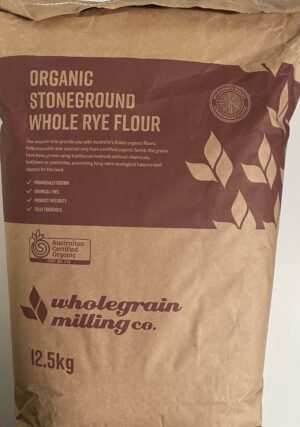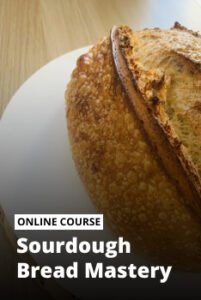Choosing the right Gluten-free bread making flour is essential to guarantee delicious and healthy results.
In a world where more and more people are discovering gluten sensitivities or choosing a gluten-free diet for various reasons, knowing the best flour options is crucial to continue enjoying that fresh slice of bread every morning.
You might be interested in: Best dough scraper: A Comprehensive Buying Guide.
Table of Content
Considerations when Choosing Gluten-free bread making flour
To purchase or correctly choose your flour for gluten-free bread making, consider these points:
Purpose of the Recipe
Not all gluten-free flours behave the same. Some are more suitable for fluffy breads, while others are ideal for flatbreads or breads with specific textures.
Ready-made Mixes vs. Simple Flours
In the market, you’ll find pre-made mixes of Gluten-free bread making flour. These combinations can simplify the baking process as they often include different types of flours and other ingredients, like gums, that enhance bread texture.
Freshness and Expiry Date
Gluten-free flours tend to have a shorter shelf life. Make sure to check expiration dates and store them in a cool, dry place.
Tips for Cooking with Gluten-free bread making flour
You’ll likely need to adapt your recipes when using Gluten-free bread making flour. The ratio of liquids, yeast, and other ingredients might vary.
Ingredients like xanthan gum or guar gum can help improve bread texture, as they emulate the elastic properties of gluten.
Unlike gluten-containing flour, there’s no need to over-knead. In fact, doing so might result in a denser bread.
Some gluten-free flours might require adjustments in temperature or baking time. It’s always a good idea to stay attentive and carry out tests until perfecting the recipe.
With a bit of research, patience, and practice, cooking with Gluten-free bread making flour can lead to delicious creations everyone can enjoy, regardless of their dietary restrictions. Let’s get baking!






